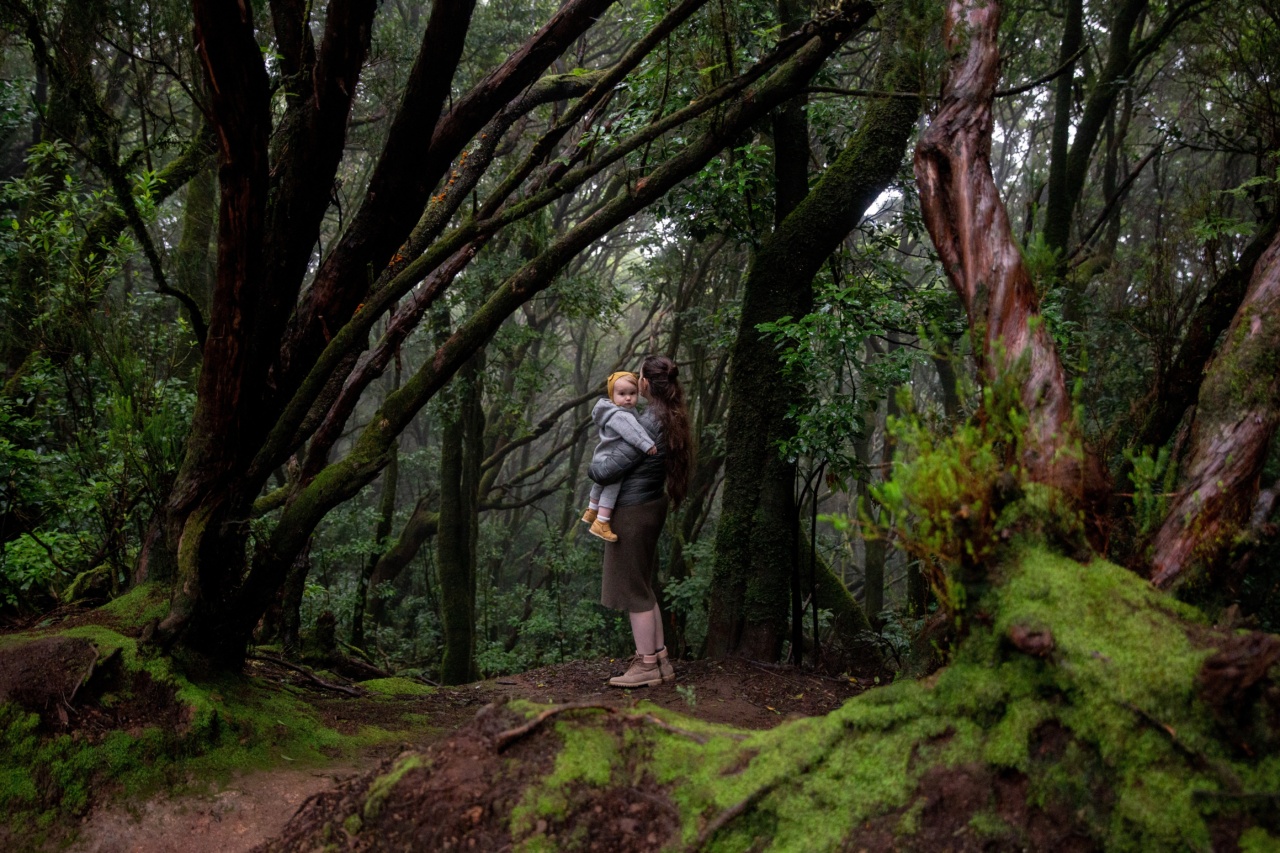One of the most challenging aspects of having a newborn is their sleep pattern. Newborn babies have very unpredictable sleep routines, and this can often leave parents feeling exhausted and frustrated.
However, as the baby grows and develops, their sleep patterns gradually become more regular. In this article, we will explore the different stages of a baby’s sleep development and discuss when you can expect your baby to have uninterrupted sleep.
The Newborn Stage
During the first few weeks of life, newborn babies sleep for most of the day. However, their sleep is often fragmented and typically lasts for only a few hours at a time.
This is because newborns have small stomachs and need to feed frequently, even during the night. As a result, parents can expect to have interrupted sleep during this stage.
Furthermore, newborns have not yet developed their internal biological clock, which means they do not have a clear distinction between day and night.
This can lead to confusion for both the baby and the parents, as the baby may be awake and alert during the night and sleepy during the day. It is important for parents to establish a bedtime routine and expose the baby to natural daylight during the day to help regulate their sleep-wake cycles.
The Infant Stage
As the baby grows older, usually around three to six months, their sleep patterns start to mature. This is when you can expect the baby to start sleeping for longer stretches at night without waking up for a feed.
Many parents refer to this stage as “sleeping through the night.” However, it is important to note that a baby’s definition of sleeping through the night may differ from an adult’s.
Typically, an infant around three to six months old may sleep for six to eight hours at a stretch, although some babies may sleep for longer periods. However, it is essential to understand that this stage is not guaranteed for every baby.
Some infants may take longer to reach this milestone, and it is perfectly normal. Every baby is unique and will have their own sleep development timeline.
The Developmental Leaps
Throughout the first year of life, babies go through several developmental leaps. These are periods when the baby’s brain and body undergo significant changes, such as learning new skills or reaching developmental milestones.
These leaps can affect the baby’s sleep patterns, causing temporary disruptions.
During developmental leaps, babies may become more restless during the night and experience more frequent wake-ups. This is because their brain is working harder to process new information and consolidate their learning.
As a result, parents may notice that their once good sleeper suddenly has difficulties settling down or wakes up more frequently. It is important to provide comfort and support during these times and understand that it is a temporary phase.
The Toddler Stage
By the time a baby reaches their toddler stage (around one to three years old), their sleep patterns become more similar to those of adults.
They typically transition from two naps to one nap during the day and sleep for longer stretches during the night. Toddlers usually require about 10-14 hours of sleep in a 24-hour period, including their nighttime sleep and daytime nap.
However, even at this stage, it is not uncommon for toddlers to experience occasional sleep disruptions. Factors such as teething, illness, or changes in routine can affect their sleep patterns.
It is important for parents to provide a consistent bedtime routine and create a sleep-friendly environment to help toddlers establish healthy sleep habits.
Tips for Promoting Uninterrupted Sleep
While the timing of uninterrupted sleep may vary for each baby, there are certain tips that can help promote better sleep for infants and toddlers:.
- Establish a consistent bedtime routine: A regular bedtime routine signals to the baby that it is time to wind down and prepare for sleep. Consistency is key, so aim to follow the same routine every night.
- Create a sleep-friendly environment: Make sure the baby’s sleep environment is comfortable, dark, and quiet. Consider using white noise machines to drown out any background noise.
- Encourage napping during the day: Babies who have regular daytime naps are often more settled and have an easier time falling asleep at night.
- Watch out for sleep cues: Become familiar with your baby’s sleep cues, such as rubbing their eyes or yawning. These cues indicate that the baby is getting tired, and it is time to initiate the sleep routine.
- Provide comfort and reassurance: During times of sleep disruptions or developmental leaps, offer extra comfort to your baby. This can include soothing them, using a gentle touch, or nursing them if needed.
- Be patient and flexible: Remember that every baby is different, and their sleep development will progress at their own pace. Be patient and adjust your strategies accordingly.
Conclusion
In summary, uninterrupted sleep is a milestone that babies gradually achieve as they grow and develop. While newborns may have fragmented sleep, infants around three to six months old may start sleeping for longer stretches at night.
However, it is important to remember that every baby has their unique sleep development timeline. Additionally, developmental leaps and other factors can temporarily disrupt a baby’s sleep patterns.
By understanding the stages of sleep development and implementing strategies to promote healthy sleep habits, parents can help their babies achieve uninterrupted sleep sooner.


























